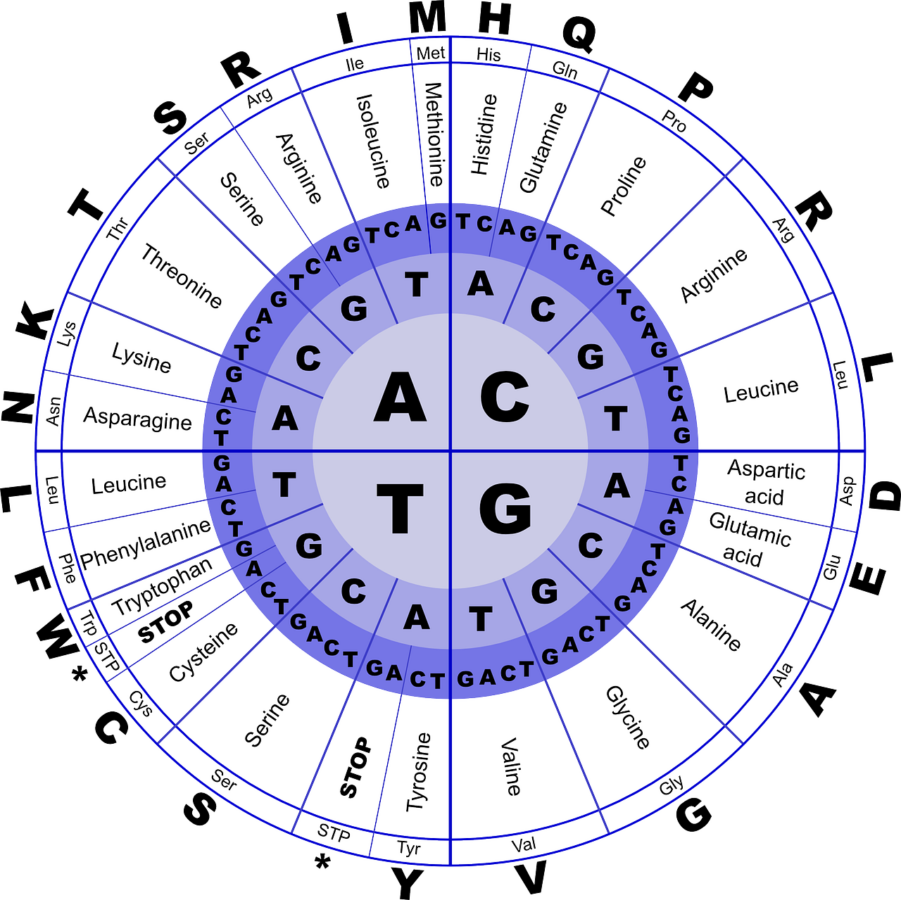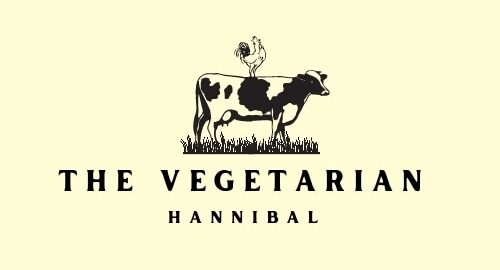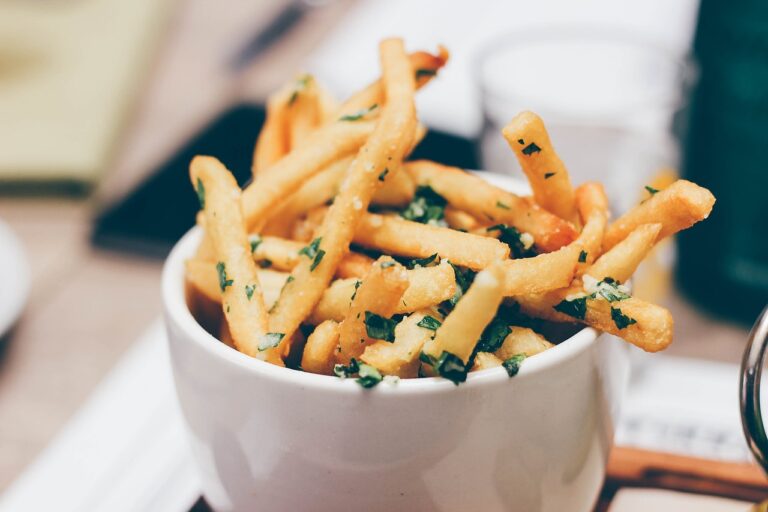How Do Vegetarians Get Amino Acids? | Vegan Amino Acids

What are amino acids?
Organic substances known as amino acids are only partially synthesized by the body. Amino acids must be obtained from nutrition, though, as they are a crucial component of proteins and are required for the synthesis of muscles, the immune system, and the skin, among other things. In this article, you will learn about amino acids, with clear explanations of what they are, and the roles they play in the body, and answer the question “How Do Vegetarians Get Amino Acids?“.
Contents
Some functions of amino acids in the body:
- The building blocks of proteins control how all nutrients are transported and stored.
- They affect how bodily glands, arteries, tendons, and organs operate.
- Additionally, they are crucial to the renewal of hair and skin.
- Additionally important for healing wounds are amino acids.
- Amino acids are necessary for the muscles and bone structure to repair after
If the body lacks amino acids, this has an impact on the immune system, fat metabolism, potency, mood, and performance.
Functions of amino acids in the body
There are different types of amino acids. Of the approximately 270 known amino acids, only 20 are present in the human genome, the so-called proteinogenic amino acids.
However, the body can only produce 12 of these amino acids itself. The remaining eight, like vitamins, cannot be produced by the body itself. A supply through the diet is therefore inevitable.
In the body, amino acids fulfill the following functions:
- Control of cell and bone formation
- Synthesis of the musculature
- Structure of the skin
- Regulation of the cardiovascular system
- Protein formation
- Maintenance of the immune system
- Transmission of brain signals
- Transport and storage of nutrients
- Control of hormone formation
Types of amino acids
Amino acids are divided into essential, semi-essential, and non-essential amino acids. While the eight essential amino acids cannot be produced by the body itself and can therefore only be supplied through food, the body forms the twelve semi-essential and non-essential amino acids itself if the metabolism is intact.

Essential amino acids
Essential amino acids are urgently needed for bodily functions, but cannot be produced in the body itself. Intake with food is therefore particularly important. These include:
Valine, Isoleucine & Leucine (BCAA)
Valine, isoleucine, and leucine, collectively BCCA, enable targeted muscle growth. They regenerate muscle tissue and regulate hormone production. The amino acids stimulate insulin secretion and thus regulate blood sugar levels and energy production.
L-lysine
L-lysine is the main component of transport proteins in blood plasma, hormones, and antibodies. L-lysine stabilizes connective tissue, it is a component of the body’s own L-carnitine production and regulates energy metabolism and fat burning.
L-methionine
Many metabolic processes are regulated by L-methionine. For instance, the amino acid also produces L-carnitine and creatine in addition to the hormone adrenaline. Additionally, methionine promotes the elimination of heavy metals and has a fat-dissolving action.
L-phenylalanine & L-tyrosine
L-phenylalanine is the basic substance of many substances, for example, neurotransmitters. During stress and strain, a particularly large amount of L-phenylalanine is consumed.
Threonine
Threonine is a crucial amino acid for the immune system since it is a crucial component of antibodies. Additionally, it is a component of teeth, bones, tendons, and ligaments and regenerates the mucous membranes in the mouth and stomach as well as controlling acid production.
L-tryptophan
The amino acid L-tryptophan is a component of muscles and a precursor of the tissue hormone serotonin. It is involved in the regulation of blood pressure and supports the constriction of blood vessels in the lungs and kidneys. In addition, it has a mood-lifting effect and regulates the sleep-wake rhythm.
There are also semi-essential amino acids
Arginine and Histidine are semi-essential amino acids
Non-essential amino acids
The non-essential amino acids are those that the body can produce itself.
Glycin, Alanine, Serin, L-Cysteine, L-Tyrosin, Prolin, L-Glutamin & L-Glutaminsäure are non-essential amino acids.
Symptoms and signs of amino acid deficiency
Since amino acids are involved in almost all biological processes, the effects of a deficiency are equally diverse. These include:
- Decline in performance
- Fatigue
- Muscle weakness
- Hair loss
- Sleep disturbances
- Mood swings
- Blood sugar fluctuations
- Thyroid dysfunctions
How Do Vegetarians Get Amino Acids?
All plant diets contain plant proteins, although they come in different amounts and with different combinations of amino acids. The need for plant proteins can easily be satisfied with a diet that is rich in variety and provides appropriate energy.
Vegetarians get amino acids through legumes like peas, lentils, or beans. These are the best sources of vegetable proteins. Particularly, soybeans offer a remarkable amount of protein that is comparable to that found in foods from animals. However, whole grains also offer beneficial amino acids when they are ground or germinated. Nuts, seeds, and pseudocereals like amaranth, buckwheat, and quinoa are also great sources of vegetable protein. As complementary sources of protein, sprouts and green leafy vegetables can also be noted.
Conclusions
The supply of protein can be optimally implemented through a balanced plant-based diet. Since every plant-based food has a certain protein content, we consume adequate amounts of it on a daily basis. Optimal sources of plant proteins are legumes (lentils, beans, peas), nuts and oilseeds, whole grains and pseudo-cereals and green leafy vegetables and sprouts. By combining certain foods and varying their content of essential amino acids, we can increase their biological value. This can be, for example, a dish of legumes with cereals (humus and wholemeal bread).
Check out my blog or my vegan and vegetarian recipes:
- How do vegans deal with pests?
- Is E120 vegan?
- Are vegetarian sausages healthy?
- Are Skittles halal?
- Is Marmite vegetarian?
- Are marshmallows vegan?
- Is vegan meat halal?
- Where do Hindus worship?
- Is vegan meat processed?
- What is vegan wine?
- Are pregnancy tests vegan?
Source: wolfs-apotheke.de







